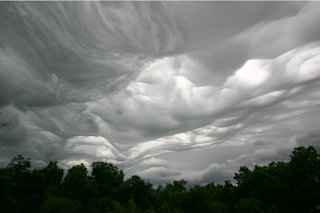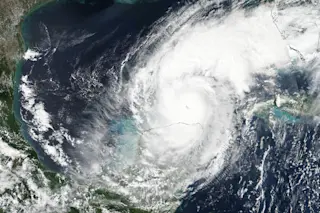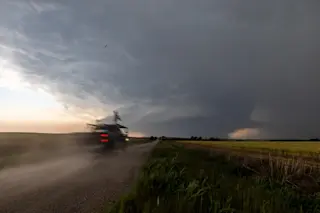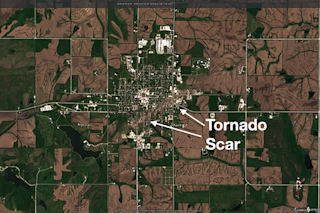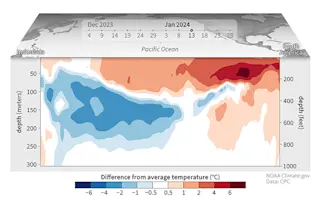Clouds form in a multitude of different shapes and sizes, their infinite combinations and position across the sky offering a visual drama in response to the light conditions. But despite their apparent randomness, a detailed naming convention is in place to categorize them.
When a cloud ultimately can’t be fitted into one of the many existing categories, it can be nominated for a classification of its own. In 2017, the World Meteorological Organisation (WMO) added 12 new types of cloud to the International Cloud Atlas, the world standard guide for cloud classification. And I worked as part of a small team investigating the science behind one newly categorized cloud, Asperitas, which exhibits wave-like perturbations, reminiscent of a rough sea in the base of the cloud.
Clouds are named using a Latin-based system proposed by Luke Howard in 1803, which laid the foundations for the WMO cloud atlas in 1939. Clouds ...


